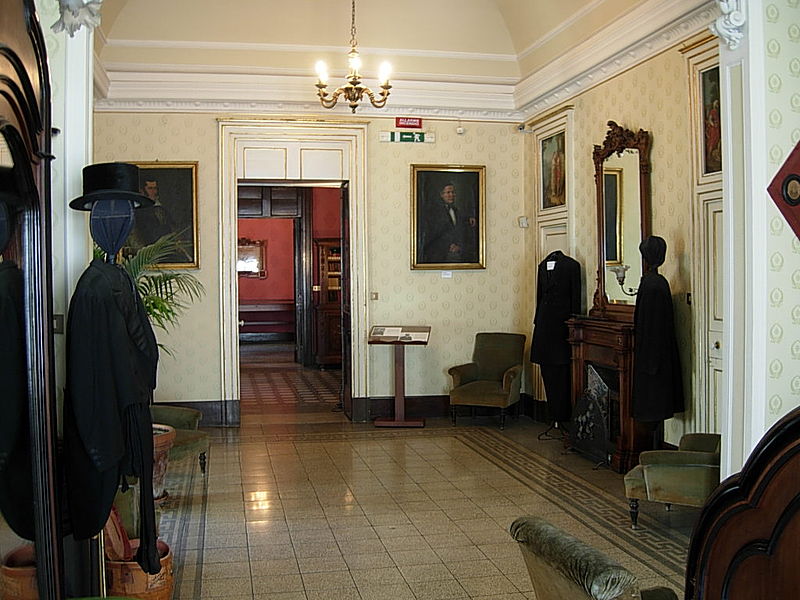
Famous citizens of Catania
Giovanni Verga was born in Catania in 1840, when Sicily formed part of the Kingdom of the Two Sicilies. From a family of landowning minor nobility, Verga was sent to the University of Catania, but found himself unable to resist focusing on his writing while he was meant to be studying law. He even took the money his father had given him to pay for his studies to publish his work – “The Carbonari of the Mountain”.
He abandoned his law studies completely to move to Florence, where he continued developing his writing, meeting with other writers and devouring literature produced elsewhere in Europe. From Florence he moved to Milan, which he alternated for decades, with stays in his native Catania. It was while living in Milan, mixing with other writers in a fertile literary atmosphere that Verga underwent his transformation into Italy’s greatest exponent of realism. Called “Verismo”, the Italian Realist movement was born with Verga, and his friend and fellow citizen of Catania - Luigi Capuana, who like Verga had abandoned his legal studies at the University of Catania to pursue his literary ambitions.
The famous Cavaliere Rusticana written by Verga was adapted by Pietro Mascagni which led to a court battle for royalties which Verga won. Even if you aren’t familiar with the opera from Mascagni, you will recognise the “Intermezzo” from both “Raging Bull” and “The Godfather Part III”.
Sicilian life, and locations in and around Catania are the backdrop to the majority of Verga’s writing. If you want a real flavour of Catania in the nineteenth century, then Verga is a exceptional guide.
Verga died in 1922 in the house in Via Sant’Anna where today one can visit a museum dedicated to the great writer. The museum is both the house where he died, and where he spent a significant part of his childhood. After he passed away the house was left to Giovanni Verga Patriaca, and following Patriaca’s death the house became the museum. Contained within are displayed copies of his original works as well as his library of early two and a half thousand books. The interiors are all original.
How to get to the museum (5-10 minute walk)
 From piazza Duomo go along via Garibaldi for about 500 meters, the second street on the right, after piazza Mazzini is via S.Anna where you will find the museum. Practically next door is a beautiful little church which has links to the Royal house of Aragon, and the Royal, and noble families of Sicily and Catania, whose descendants still live in the city today. The Grand Masters of the Military Order of the Collar of St Agatha have their seat here.
From piazza Duomo go along via Garibaldi for about 500 meters, the second street on the right, after piazza Mazzini is via S.Anna where you will find the museum. Practically next door is a beautiful little church which has links to the Royal house of Aragon, and the Royal, and noble families of Sicily and Catania, whose descendants still live in the city today. The Grand Masters of the Military Order of the Collar of St Agatha have their seat here.
Recommended Works in translation
A handy sized volume containing a selection of Verga’s best known works.
"Verga's wonderful evocations of ordinary Italian life, focusing in particular on his native Sicily. In an original and dynamic prose style, he portrays such eternal human themes as love, honour and adultery with rich and colourful language. The inspiration for Mascagni's opera, 'Cavalleria Rusticana' depicts a young man's triumphal return home from the army, spoilt when he learns that his beloved is engaged to another man. Verga's acute awareness of the hardships and aspirations of peasant life can be seen in stories such as 'Nedda', 'Picturesque Lives' and 'Black Bread', while others such as 'The Reverend' and 'Don Licciu Papa' show the dominance of the church and the law in the Sicilian communities he portrays so vividly."